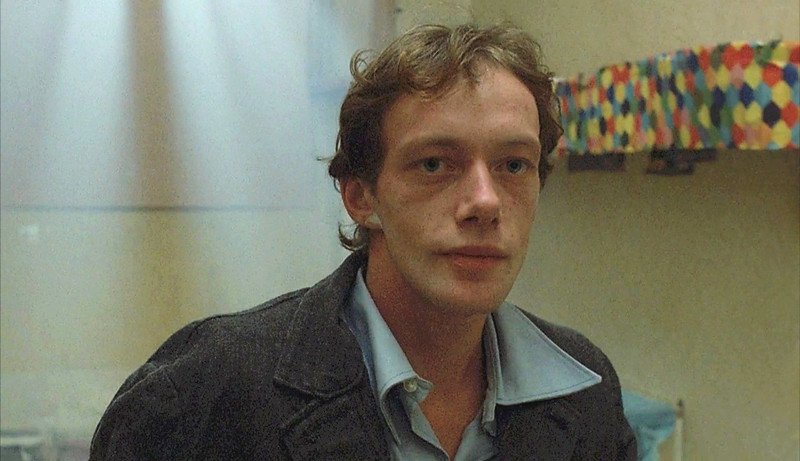
Horror is often the most fun genre for many film fans, and with such a vast number of different sub-genres and films releasing every year, it’s often easy for great horror films to be lost or forgotten over time. This list will hopefully bring some of those films back for a moment, leaving it up to you to seek these films out and give them a platform should you enjoy them. The audience is key to keeping cinema alive, so let’s work together here! Without any further ado, here are ten great horror films you may have missed.
1. Creepy (Kiyoshi Kurosawa, 2016)
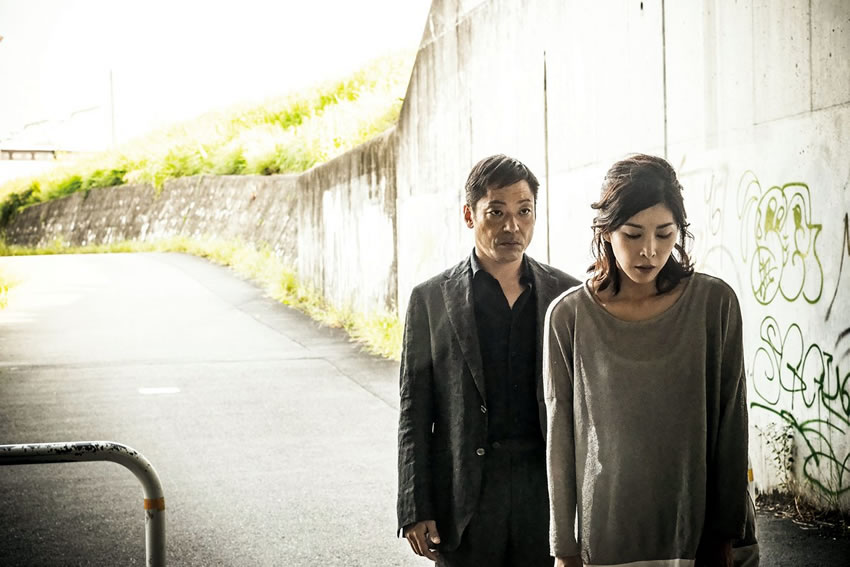
Starting off, let’s talk about a film from the man who may just be the greatest horror director alive right now. Kiyoshi Kurosawa is a master beyond comparison, really, showing such talent from behind the camera and working as such a strong emotionally guiding hand that it’s pretty hard to believe. Kurosawa’s use of blocking and camera movement are beautiful examples of the power of the more simplistic parts of cinema (similarly to how a director like Luchino Visconti uses zooms to express moments of a huge emotional scale through very little time and movement), and Creepy makes use of these in excess.
Creepy follows a family who move house and find their new neighbour… a little odd, let’s say. With Teruyuki Kagawa giving the absolute performance of a lifetime as the aforementioned unsettling neighbour, Kiyoshi Kurosawa takes a shift from his usually more paranormal and fantastical plots (especially as of late with Kiyoshi even switching up his usual genre choices, delving into romance and comedy) to something more real and just as chilling.
2. Maniac (William Lustig, 1980)
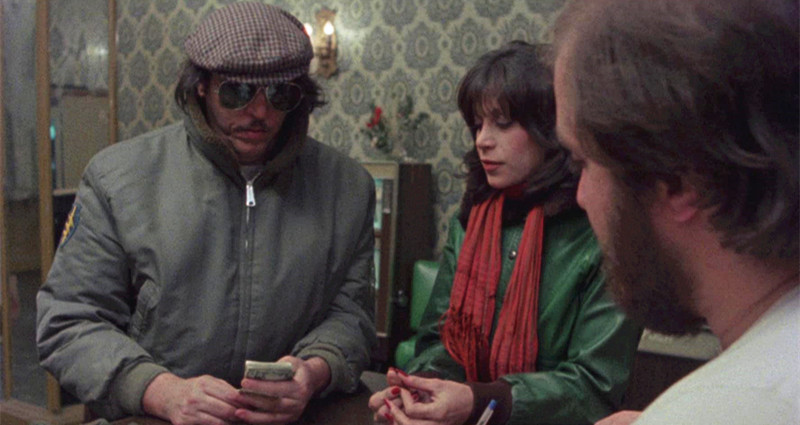
Whilst the remake seems to have garnered quite a strong modern cult following thanks to Elijah Wood’s performance and the wonderful choice to shoot the film in a first person POV, William Lustig’s original appears to have been forgotten and left behind in the dust alongside a plethora of other 70s and 80s sleaze-fests. It’s a real shame considering just how strong of a film the original Maniac is, one that utilises its protagonist (if you can call him that, anyway) to take a majestic deep dive into the darkness of the human mind amidst the problems within America plaguing the working class especially in the 1980s.
It’s disorienting and disturbing, and the low budget look (made most clear by the screen being smothered in grain and ruptured film reels) only make it all the more convincing, and therefore, all the more disturbing. Maniac aligns with the likes of The Texas Chainsaw Massacre a lot more than people let on, and it definitely deserves a lot more acclaim than it gets now.
3. Lake Mungo (Joel Anderson, 2008)
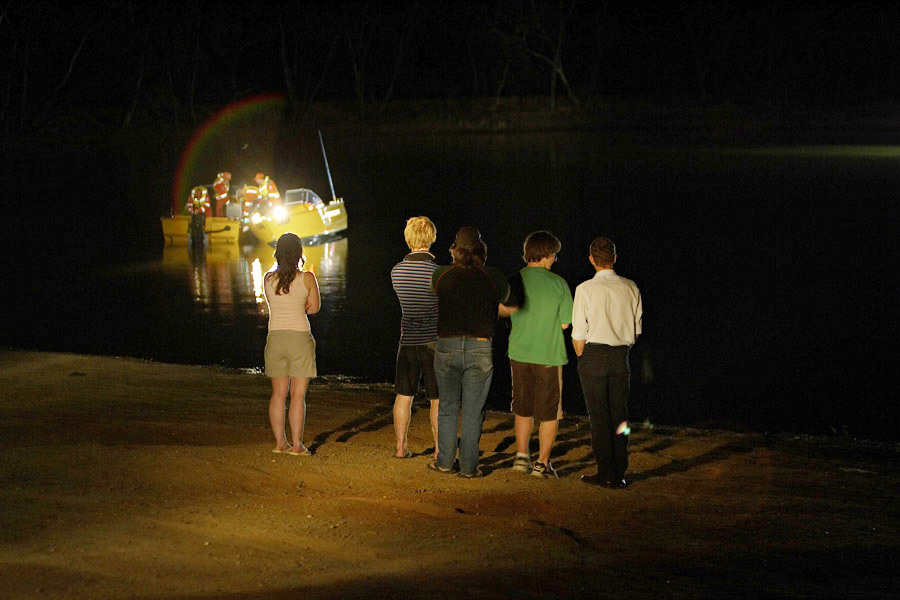
The only film that Joel Anderson has directed to date, Lake Mungo is one of the most chilling horror films of recent memory. Whilst found footage is often given flack for being lazy (an ability it gains from being shot on cheap digital cameras, often using ‘technical issues’ to skip showing things, etc.), Lake Mungo is one of the few found footage horrors that have managed to gather some acclaim next to the Blair Witch Project (1999), REC (2007) and maybe Cloverfield (2008). Lake Mungo uses a mixture of found footage and faux-documentary interviews to tell the story of Alice Palmer, a sixteen year old girl who drowns and whose family begins to experience some… unsettling events afterwards.
One has to admire Anderson’s confidence in tackling his subject, especially considering he is a first time director here. To make such a haunting film but also to make it seem so bold and confident in its execution is genuinely exhilarating, and this self assured swagger makes the film doubly impressive. It’s a shame that Anderson would never make another film, hopefully one is out there somewhere brewing, but it would be especially great for him to return to horror to give another bone chilling slow burner. Lake Mungo is a taut, mature horror film that is just patient enough to be truly memorable and discomforting.
4. Bug (William Friedkin, 2006)

Friedkin made it clear he was out for cinematic blood throughout the 1970s with his absolutely stellar output within said decade. From The French Connection to The Exorcist to Sorcerer, Friedkin marked the landing of a huge new name in mainstream Hollywood for thrills and scares, before going on to a steady career full of pretty overlooked films, such as Killer Joe and The Hunted (two terrific thrillers – Killer Joe especially plays out like a deliriously hellish play, it’s wonderful… and bloodthirsty!).
Bug is another fibre in the string of those late career gems from Friedkin, one that slipped under the radar but managed to gather a cult following together as the word of mouth spread regarding how extreme and weird Bug is. Starring the always excellent Michael Shannon and Ashley Judd, the film starts off sad and by the end is genuinely disturbing. Not so much a fun and quirky horror as one that actually gets deeply under your skin and is more than happy to remain there for some time. A wonderful psychological freakout of a film, Bug is one of the standouts of recent gross-out horror, and my God does it give the sub genre a good name again. It’s a shame that it never quite landed an audience, but maybe that time can still come!
5. Dark Water (Hideo Nakata, 2002)
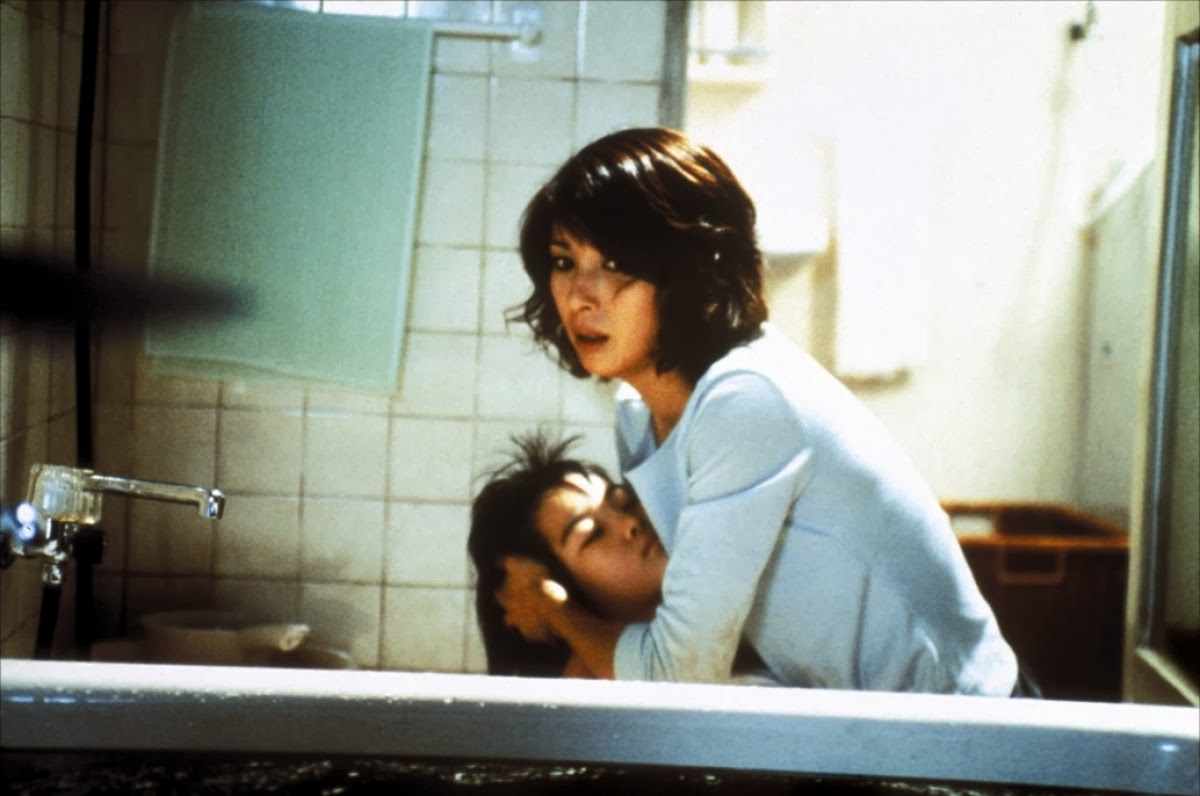
Taking things away from America and heading back to Asian horror, Hideo Nakata’s Dark Water is a great example of the mixing of melodrama and horror. Using divorce and struggles with both class and mental health (making this movie slightly ahead of its time in a few ways), Dark Water marks a shift in the horror genre as a whole just before that change actually occurred, a shift that saw horror shift from franchise building slashing serial killers (via Scream, I Know What You Did Last Summer, etc.) to darker, more psychological and more melodramatic horror that instead saw the fear emanate from things that we can all relate to.
Making the choice to manifest these abstract fears within ghosts also proved perfect, lifting the idea from Kiyoshi Kurosawa’s Pulse which came out two years prior and editing it to fit with the more direct ideas surrounding class. Nakata’s film is a wonderfully simplistic breath of fresh air for modern horror, and definitely a film that has quite the lasting impact on the horror genre (compare this to the hugely popular franchises started by James Wan and all becomes clear).